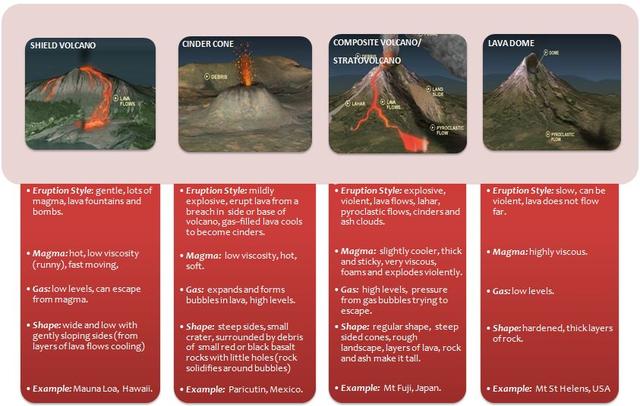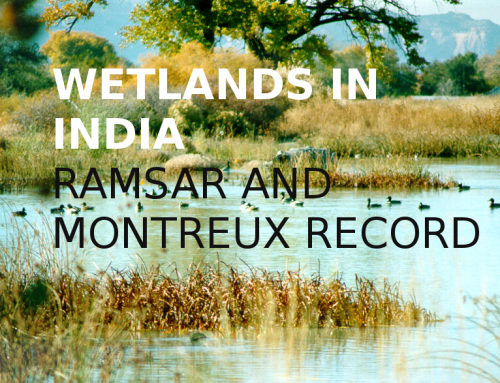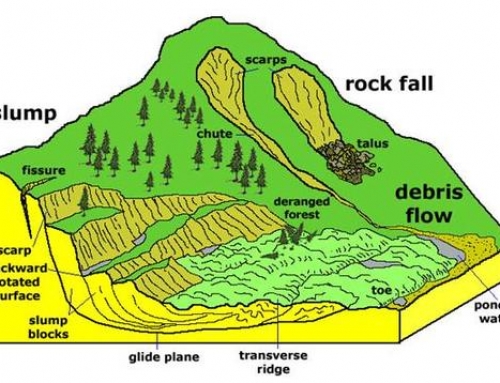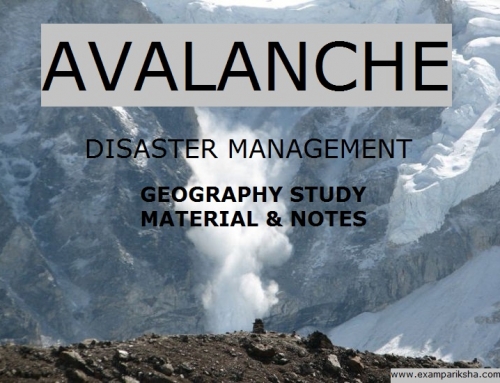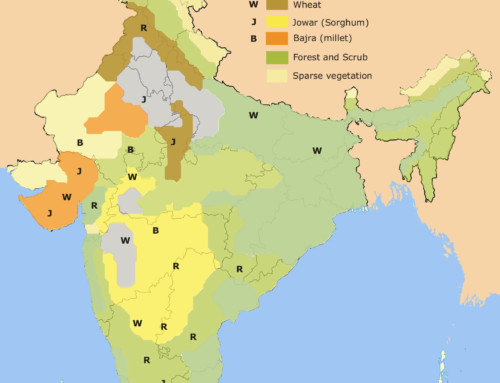A Volcano is basically an opening in the Earth’s crust through which heated, materials usually in form of magma are ejected out to the surface of Earth.
Volcanism: It is the activity of eruption or ejection of molten rock on the surface of Earth from an opening called vent.
Magma: It is molten rock within the Earth’s crust. Magma is what is present inside a volcano in the “magma chamber”. Magma is generally located in aesthenosphere zone of mantle under the Earth’s crust.
Lava: When magma reaches the surface, it is known as Lava. This is what comes out from a volcano. The area on which it moves is called “lava flow”. Lava has various forms – thick and slow moving or thin and fast moving.
Other materials that come out of a volcano are – ash, fragments of rocks, gases, water, cinders( bits of fragmented lava), pumice( light-weight rock having abundant air bubbles), pyroclastic debris, volcanic bombs and dust etc.
I. Volcanoes are classified on the basis of their periodicity of eruption in three types:
- Active volcano – If gases, ashes, or lava are being released or have been released by a volcano in recent past. Examples, Etna, Stromboli, Pinatubo, etc. India has no active volcano.
- Dormant volcano – Those volcanoes which have not shown activity in past years but has possibility of erupting again. These are considered “sleeping volcanoes” since they have probability of waking up again.
- Extinct volcano – these volcanoes have not erupted in past 10,000 years and hence their probability of erupting again is not significant in comparable time-scale.
II. Volcanoes are also classified based upon their mode of eruption:
- Hawaiian type eruption – These volcanoes erupt quietly with thin lava and little amount of gas. As the name suggest they are found in Hawaiian islands.
- Strombolian type eruption – These volcanoes erupt in a rhythmic fashion with regular interval of time. These are located in the Lipri islands near Italy (Also known as “lighthouse of the Mediterranean)
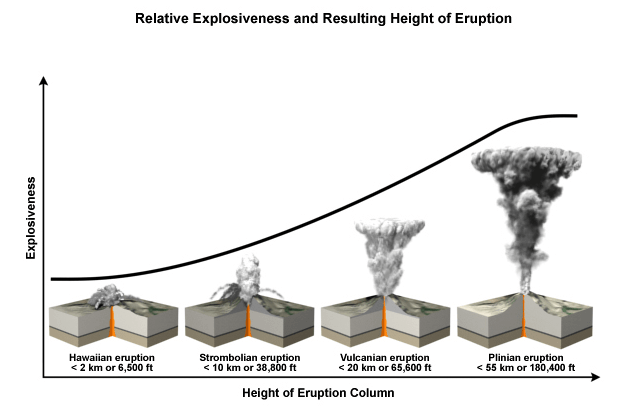
- Vulcanian type eruption – These volcanoes erupt with high intensity and force. They have viscous lava which solidifies quickly resulting in a cauliflower like cloud at eruption. Mt. Vulcano of Lipari island of Mediterranean sea.
- Pelean tyoe eruption – These volcanoes are very explosive in their eruption with very viscous, gas rich, lava which plugs the vent of volcano making it violent. It is named ” Nuee Ardente” due to its tendency to spread down the slope. It is found in Martinique island in the Carribean sea, and Krakatau volcano amidst Java and sumatra in Sunda strait.
III. Classifies on the basis of form developed at the surface volcanoes are described as:
- Shield Volcanoes : These are largest of all volcanoes after basalt flows. These are made up of basalt which is very thin fluid. Thats why these volcanoes are not steep as their lava spreads out. These are known to form Cinder Cone. Example, Hawaiian volcanoes.
- Flood Basalt Provinces: These volcanoes eject highly fluid lava which flows for long distances. This can be due to deeply seated magma chamber which heats up the magma to a great extent. The lava flows from this type of volcano spreads to hundreds of kilometres. Example, Deccan traps of indian peninsula which cover the Maharashtrian plateau are flood basalt provinces.
- Composite Volcanoes: These volcanoes release cooler and more viscous lava than basalt in an explosive manner. Usually pyroclastic material and ashes are also released along with lava. Since their lava is viscous it forms layers as it cools off, hence forming a composite structure. Examples, Mt. Fuji, Mt. Rainier in washington.
- Caldera : These are most explosive volcanoes with wet granitic magma which rises up quickly. These are so explosive that they collapse on themselves( such explosiveness means that their magma chamber is in close vicinity) rather than building any tall structure. This collapsed depression is known as caldera. examples, lake Toba in Indonesia , Yellowstone in Wyoming-USA.
- Mid-Oceanic Ridges : These volcanoes occur on Ocean floor stretching more than 70,000 km long along all the ocean basins. These are the longest mountain chain on the surface of earth. It has a central rift which experiences intense eruptions.
